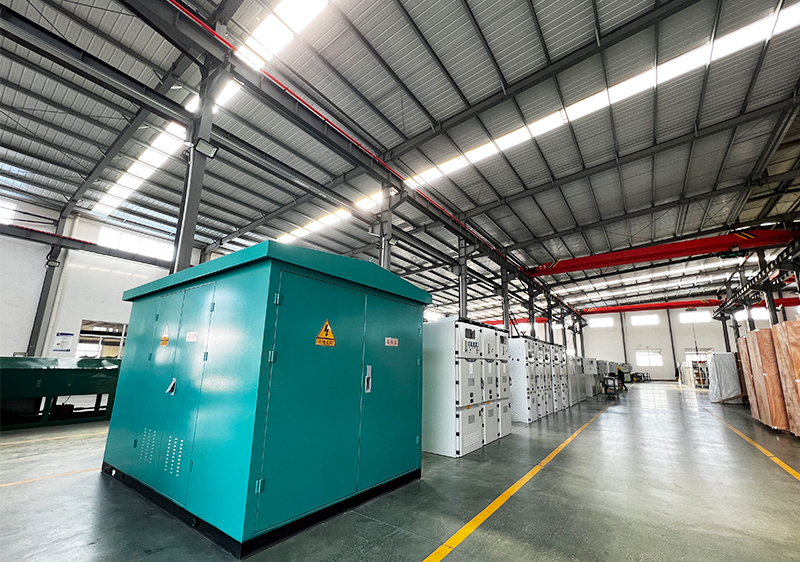- E-mail: admin@yaweitransformer.cn
- Tel: +86-18862719076
Transformer manufacturers box transformer is a very important kind of high-power electrical appliances and electrical equipment.
For box-type transformer, wiring is an important whole process and key operation process, and there are many precautions in the common box-type transformer wiring process.
In the wiring, the conductor of the box transformer is also very important.
So, how is the conductor of the box transformer drawn? Let’s see.
The core difference between neutral line N and ground line PE is that the neutral line should connect the load.
For example, if you connect a light bulb, you can receive two lines of the bulb to the firewire neutral line and the neutral line.
Ground: No matter where the line goes, no matter how long the line, always refuse to connect the load.
When the line reaches the customer’s home, it is only connected to the customer’s electrical product housing.
If the electrical product is energized, the shell will be energized, and people will be electrocuted when they touch the shell.
However, the effect of this maintenance ground wire will be injected into the ground, so that there is an equal potential body between the electrical product housing and the ground, no voltage difference, to prevent electric shock accidents.
Normally, there should be no electricity in the neutral line.
Therefore, once there is electricity, it must be the main manifestation of failure; Simple is the magnetic effect of the current, the current zero line does not have a good grounding device, can not produce a control circuit; Secondly, the power supply device leaks or the fireline neutral line contacts the shell, but the current is not very large, so there is no jump; The neutral line is energized, and there is no good grounding device for the neutral line. After processing, locate the mechanical equipment.
In the power supply and distribution system of the three-phase four-wire system, if the neutral grounding device is not very good or the grounding end is broken, the consequence is that the neutral line potential is not equal to zero, that is, the neutral line has a deviation.
The actual zero line potential is related to the unbalance of the three-phase load.
The more unbalance, the greater the neutral deviation and the higher the neutral potential.
After the zero line potential deviation, the three-phase DC voltage is generally not 220V.
Some phases are likely to exceed 220V, while others may be less than 220V.
When the neutral line offset is large, the three-phase DC voltage increased phase may damage the household appliance, while the three-phase DC voltage decreased phase may make the household appliance unable to work.
When the zero line potential rises and reaches a certain value, contact with the ground wire may cause safety risks.
